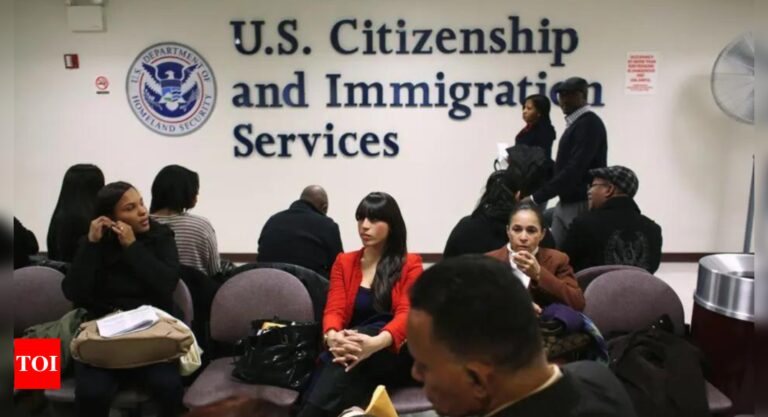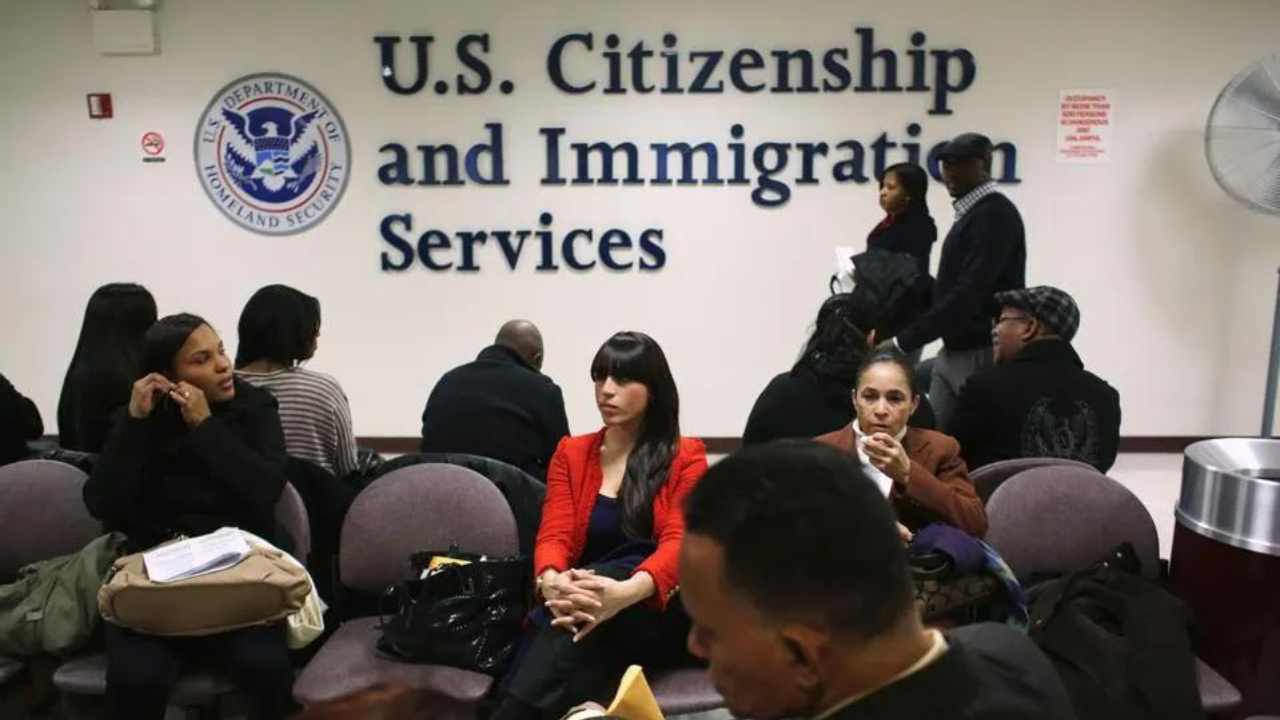
[ad_1]
The US Citizenship and Immigration Services (USCIS) has recently broadened the parameters for backlogged skilled workers with approved I-140 petitions to obtain temporary work authorization (referred to as EAD), under ‘compelling circumstances’.This could, in some situations, help laid off employees who are on track for agreen card.
“This compelling circumstances measure is of a very limited scope and can only be used as a stop gap measure when a loss of a job would derail the foreign worker’s life in the US. It will allow the concerned individual to remain in the US lawfully and not face the re-entry bars owing to overstay. However, it is not a non-immigrant visa like the H-1B that allows for an extension of status and the ability to adjust this status to a permanent residence (aka green card),” points out Cyrus D Mehta, founder of an immigration law firm in New York.
Indians bear the brunt of the employment-based green card backlog with as many as 7.19 lakh mired in this backlog, as of September 30, 2021. According to Cato Institute’s study it could take up to 46 years to obtain a green card (after adjusting for death and ageing out of those in the queue).
In the wake of layoffs, USCIS had issued a guidance note last December, which was reported by TOI. It had stated that workers who are beneficiaries of an approved Form I-140 may be eligible for a compelling circumstances-EAD for up to one year if they do not have an immigrant visa available to them as per the Visa Bulletin and face compelling circumstances.
While the compelling-circumstances-EAD has been in existence since 2017, very few could avail of it, as the standards were very strict. “On June 14, 2023, USCIS relaxed the standard by allowing persons who have lived in the US with family for a significant amount of time to demonstrate that due to job loss they would be forced to sell their home, pull their children out of school, lose their health insurance and forced to relocate to their home country” states Mehta.
He adds, “ Compelling circumstances could also include instances where the individual has maxed out of the six year H-1B visa limit and cannot extend it, or the company’s ownership structure has changed and the individual cannot remain in L-1 status. The employer would need to show that the resultant job loss would negatively impact projects and result in significant monetary loss or other disruption to the employer.”
He points out another technical issue, which the Indian diaspora in the US should factor in. “If the individual finds another job, the new employer would have to sponsor the foreign worker again for the green card and be able to recapture the old priority date so that the person does not lose their place in the green card line. When the priority date becomes current, the individual with compelling circumstances EAD would need to return to India to consular process for the green card rather than be able to adjust status in the US.”
[ad_2]
Source link
